
Had you watched Bela Lugosi in Universal’s 1931 Dracula and then been apprised by a clued-in demon-cum-publicist of the underworld that the actor lived for the chance to reprise his most famous role, you wouldn’t exactly be surprised. Such was the intensity—the obvious personal conviction—of Lugosi’s deathless performance. Reports from the set were that Lugosi remained in character as the Count between takes. Play Dracula? That’s one thing. But to embody him? That is another, and it was as if Lugosi the man always hoped he’d reprise the role that was more than a role—a feature/fixture of a legend, legacy, and his own identity.
Lugosi’s greatest success in that spritzing vein occurred with 1943’s The Return of the Vampire—a title we can assume Lugosi took to his vampiric heart as a personal message to self. Lugosi doesn’t officially play Dracula and instead one Armand Tesla, but we can dispense with the technicalities; this is the same prince of darkness from 13 years prior. The Christian name—which feels like a blasphemous term to use here—has enough linguistic overlap to clue us in, but Lugosi’s performance is such that if he got up in the face of the camera and intoned, “I’m Dracula, bitches,” his intentions and identity couldn’t have been any clearer.
Lew Landers’s film looks more like a 1940s Universal picture than most 1940s Universal pictures, despite being made by Columbia. This was to be Lugosi’s last top billing with a major studio, which he must have understood while making the film. If you know your horror history, it’s surprising that this project came together for him, given where Lugosi’s career was in the mid-1940s. His moon had waned. The clouds had dispersed. The sun was coming up—never what you want if you’re a vampire.
The film makes excellent use of novel aspects. It begins during WWI in London, with a showpiece cemetery set, which the movie repeatedly revisits, when Tesla is staked through the heart, before jumping 23 years into the future—making it nearly concurrent with the film’s original release—when the Germans were bombing the hell out of the British. Tesla’s body is launched from the earth with the explosion of a bomb, the still-in-place stake being removed shortly thereafter by two honorable workmen trying to give this poor, lost soul—as if, but that’s dramatic irony for you—a decent reburial.
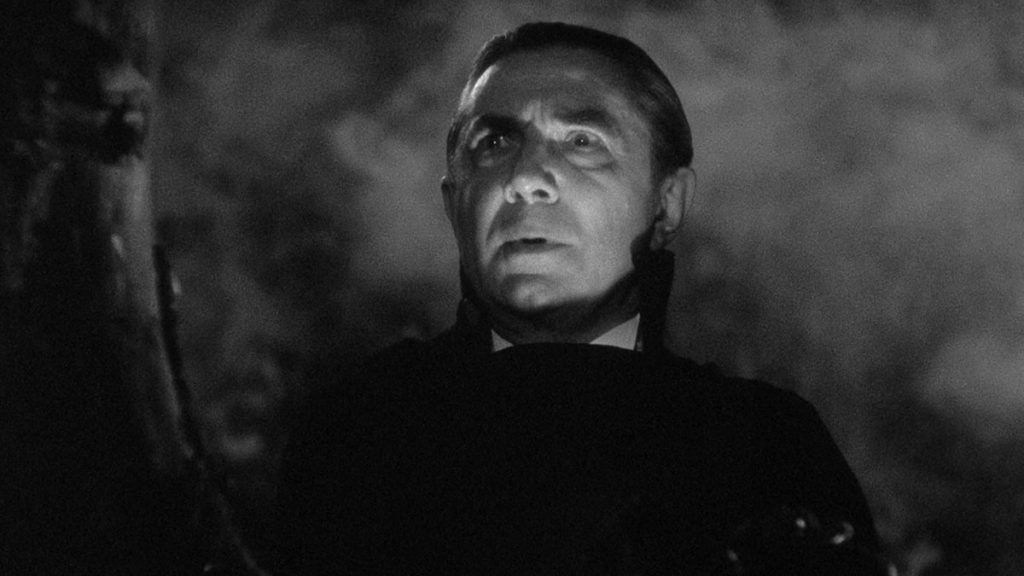
Tesla has a helper in Andreas (Matt Willis), himself a lost, confused soul (he’s as close as any horror film character gets to Dostoevsky’s Alyosha) who transforms into a werewolf and whose duties lean toward the secretarial rather than the demonic. But possession is possession and slavery is slavery. It’s a strange truism of vampires that for all their sinister agency, they are reliant on the assistance of others, and in their most vulnerable moments at that, when a reasonably focused pigeon might dispatch them.
The film is visually striking. Nothing looks cheap. The grays and the blacks are luxuriant. The grains evident in the charcoal hues could fill many an earth box like so much soil from a vampire’s native land. Anytime a door opens or a window is cracked, fog enters. Frieda Inescort plays Lady Jane Ainsley, the Van Helsing–type figure, whom we don’t expect to be female, making for another nice tweak of the old story, as with the dual wartime settings. Instead of lightning, there are explosions. It’s Dracula in the world of modern warfare—terror of a different stripe than that of the forest with its creatures of the night and the music they make.
The script is calibrated to play off aspects of Lugosi’s 1931 performance, but without requiring a familiarity with the Browning film. Then again, chances are nil that anyone watching The Return of the Vampire hasn’t also seen Dracula. Tesla uses the “Come here” voice to command people—helpers, enemies, victims, it doesn’t matter—that we heard him try with Van Helsing back in their drawing-room scene together. His eyes bewitch again like no other pair in horror-movie history. Suavity and ruthlessness combine.
There’s a moment, too, of all-time shock power in The Return of the Vampire, and it may have been the most shocking in the entire genre until we got to any of a number of sequences in 1968’s Night of the Living Dead. During his second death scene in the movie, we watch as the skin slides off Tesla’s face. A slough for the ages. It’s not implied, and it’s awesome and mind-blowing and gross and cool, and if you were a kid seeing this—or a still from the scene, as frequently featured in horror-movie history books once upon a time—you’d have been both jacked with excitement and sick to your stomach. Dracula charms as he reviles, to the very last. And it feels like a godsend—despite further blasphemy—to have Lugosi back to being him. 🩸
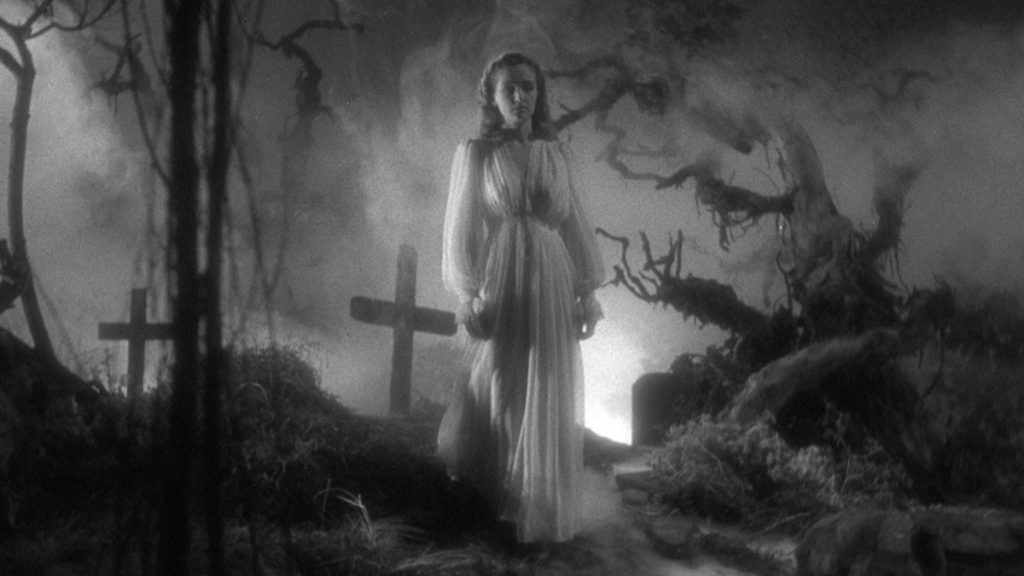
is the author of eight books, including the story collection, If You [ ]: Fabula, Fantasy, F**kery, Hope, a 33 1/3 volume on Sam Cooke’s Live at the Harlem Square Club, 1963, Meatheads Say the Realest Things: A Satirical (Short) Novel of the Last Bro, and a book about 1951’s Scrooge as the ultimate horror film. His work has appeared in Harper’s, The Atlantic, Rolling Stone, The New York Times, Vanity Fair, The Daily Beast, Cineaste, Film Comment, Sight and Sound, JazzTimes, The New Yorker, The Guardian, and many other venues. He’s completing a book called And the Skin Was Gone: Essays on Works of Horror Art. His website is colinfleminglit.com, where he maintains the Many Moments More journal, which, at 2.7 million words and counting as of autumn 2023, is the longest sustained work of literature in history.
A place where no actual blood was spilled—at least to my knowledge—my grandmother’s house proved strangely—even sagely...
BY COLIN FLEMING | June 19, 2024
A paragon of queer perversity, Edgar G. Ulmer’s unfathomable Universal horror hit gave major stars Bela Lugosi and Boris Karloff two of their greatest roles.
BY MICHAEL KORESKY | June 13, 2022
Many horror fans most associate Bela Lugosi with his distinctive voice. We need only to think of myriad memorable lines from Dracula alone, delivered with an intonation...
BY COLIN FLEMING | October 20, 2025
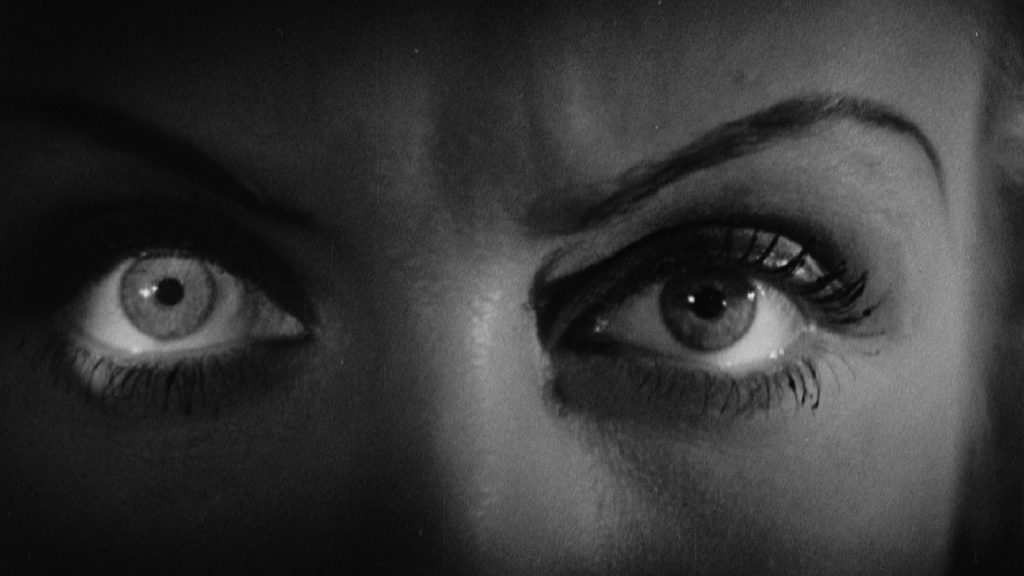
This pre-Code offering packs a lot of story into its typically brisk running time, with several plot threads weaving together a (not always successful) tapestry of spooky and criminal doings.
READ MORE >
BY ANN OLSSON | Month 00, 2021
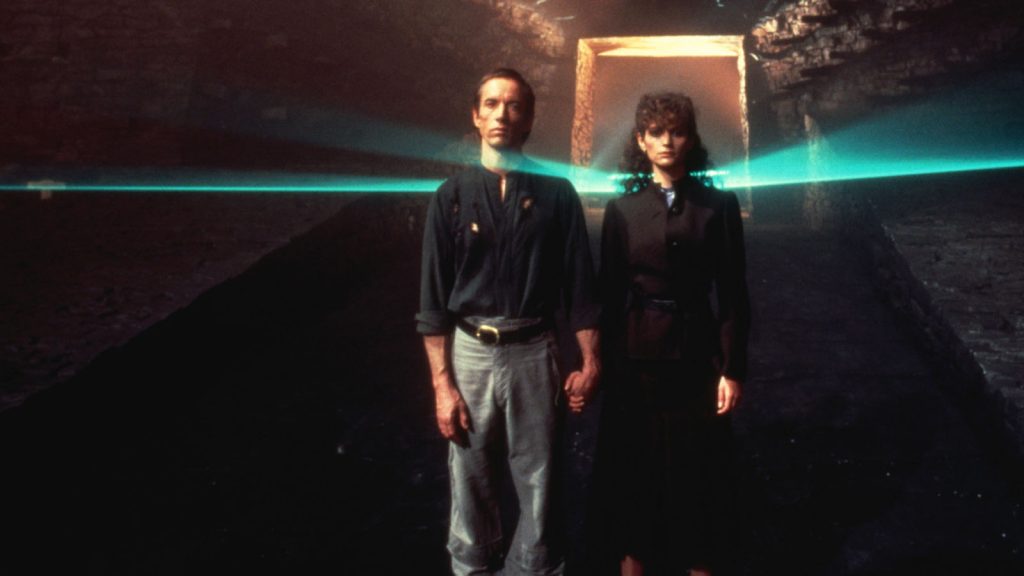
In what could be the fastest-resulting rape revenge movie, a drunken lout brutally forces himself on Ida, the young woman who doesn't return his affections, during a party over Labor Day.
READ MORE >
BY LAURA KERN | Month 00, 2021
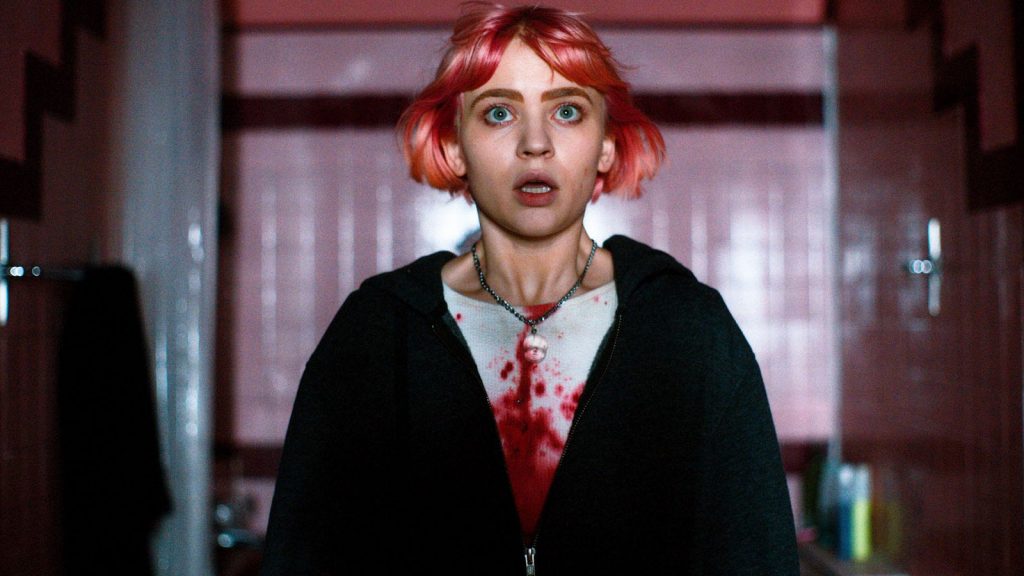
Beast is a lot of movies in one package - fractured fairy tale, belated-coming-of-age story, psychological drama, regional horror film - but above all it's a calling card for its leading lady, Jessie Buckley.
READ MORE >
BY LAURA KERN | Month 00, 2021